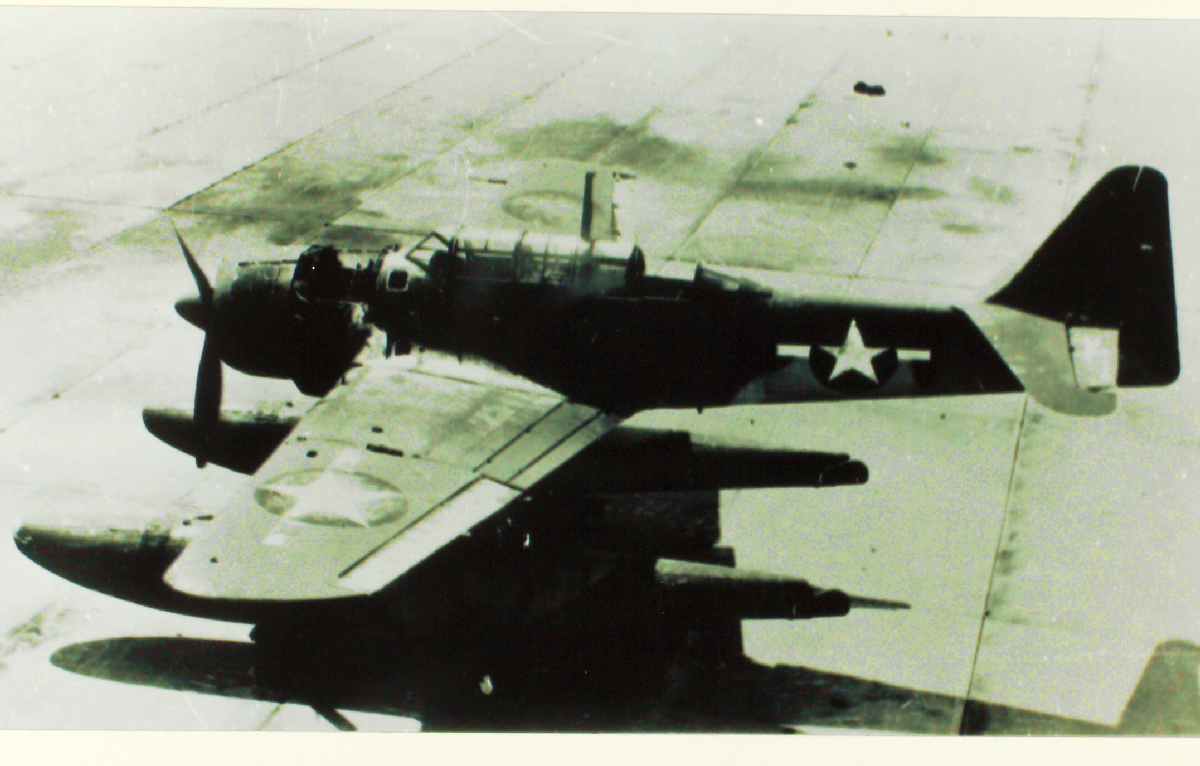Aichi E16A on:
[Wikipedia]
[Google]
[Amazon]
The Aichi E16A ''Zuiun'' (瑞雲 "Auspicious Cloud", Allied reporting name Paul) was a two-seat reconnaissance seaplane operated by the Imperial Japanese Navy during World War II.

Design and development
The Aichi E16A originated from a 1939 specification for a replacement for the Aichi E13A, which, at that time, had yet to be accepted by the Imperial Japanese Navy Air Service (IJNAS).Francillon 1979, p. 284. Disagreements about the requirements in the 14-''Shi'' specification prevented most manufacturers from submitting designs, but, in 1941, a new 16-''Shi'' specification was drafted by the IJNAS around the Aichi AM-22 design, which had already been made by Aichi engineers Kishiro Matsuo and Yasuhiro Ozawa. The first AM-22, which first got the experimental designation Navy Experimental 16-Shi Reconnaissance Seaplane and later the short designation E16A1, was completed by May 1942 and was a conventional, low-wing monoplane equipped with two floats. It had the unusual (for a seaplane) feature of being equipped with dive brakes, located in the front legs of the float struts, to allow it to operate in a secondary role as a dive bomber.Variants
Bunrindō (1983), p. 110–111, p. 159–163Bunrindō (1994), p. 8, p. 25, p. 71–77 ;E16A1 ''Experimental Type 16 reconnaissance seaplane'' (16試水上偵察機, ''16-Shi Suijō Teisatsuki'') :Initial named ''Experimental Type 14 two-seat reconnaissance seaplane'' (14試2座水上偵察機, ''14-Shi 2-Za Suijō Teisatsuki''). 3 prototypes produced. Mounted Mitsubishi MK8A Kinsei 51 engine, 2 × forward-firing 7.7 mm (.303in) Type 97 machine guns, 1 × rearward-firing 7.7 mm Type 92 machine gun. ;E16A1 ''Zuiun Model 11'' (瑞雲11型, ''Zuiun 11-gata'') :General production model. Mounted Mitsubishi MK8N Kinsei 54 engine, 2 × forward-firing 20 mm Type 99-2 cannons, 1 × rearward-firing 13 mm Type 2 machine gun. ;E16A2 ''Provisional name Zuiun Model 12'' (仮称瑞雲12型, ''Kashō Zuiun 12-gata'') :Initial named ''Zuiun Model 22''. Singleprototype
A prototype is an early sample, model, or release of a product built to test a concept or process. It is a term used in a variety of contexts, including semantics, design, electronics, and Software prototyping, software programming. A prototype ...
with a Mitsubishi MK8P Kinsei 62 radial engine
The radial engine is a reciprocating engine, reciprocating type internal combustion engine, internal combustion engine configuration in which the cylinder (engine), cylinders "radiate" outward from a central crankcase like the spokes of a wheel. ...
. One plane converted from E16A1, incomplete.
Operators
; * Imperial Japanese Navy Air Service *Naval vessel ** Battleship ''Ise'', supplied from 634th '' Kōkūtai''. ** Battleship ''Hyūga'', supplied from 634th '' Kōkūtai''. *Air unit ** Kitaura ''Kōkutai'' ** Yokosuka ''Kōkutai'' ** 634th ''Kōkutai'' ** 801st ''Kōkutai'' **301st ''Reconnaissance Hikōtai'' **302nd ''Reconnaissance Hikōtai''Specifications (E16A1 ''Zuiun Model 11'')

See also
References
;Notes ;Bibliography * Francillon, Ph.D., René J. ''Japanese Aircraft of the Pacific War''. London: Putnam & Company Ltd., 1979. . * Green, William. "Aichi E16A1 Zui-un (Paul)" ''War Planes of the Second World War, Volume Six: Floatplanes''. London: Macdonald & Co.(Publishers) Ltd., 1962, pp. 116–118. * Taylor, Michael J.H. ''Jane's Encyclopedia of Aviation''. London: Studio Editions, 1989, p. 43. * Bunrindō (Japan) ** Kōku-Fan Illustrated Special, ''Japanese Military Aircraft Illustrated Vol. 3 "Recinnaissance/Flying-boat/Trainer/Transport"'', January 1983 ** ''Famous Airplanes of the World No. 47 "Imperial Japanese Navy Reconnaissance Seaplane"'', July 1994External links
{{Allied reporting names E16A 1940s Japanese military reconnaissance aircraft Floatplanes Single-engined tractor aircraft Low-wing aircraft Aircraft first flown in 1942